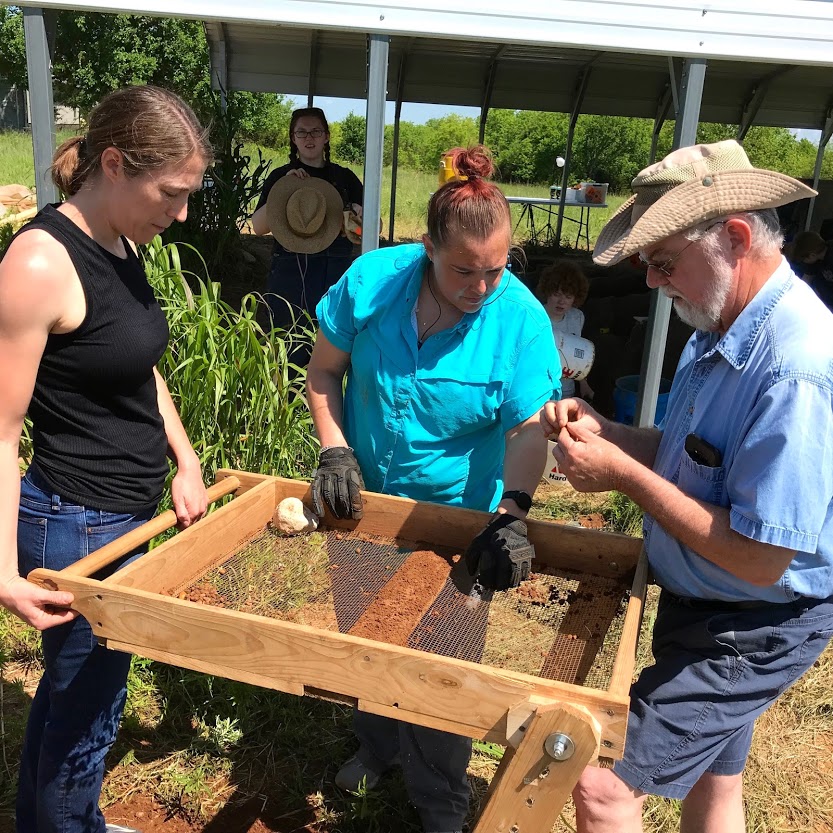Monday, April 3, 2017
Wichita State University
- Wichita State professor of archaeology Donald Blakeslee began on-site research of the town of Etzanoa in 2015.
- Since then, he has worked to rewrite the history of the town, which was previously thought to be a cluster of villages.
- Blakeslee has involved Wichita State students with the research and hopes to continue researching the site in years to come.
Donald Blakeslee, professor of archaeology at Wichita State University, presented in March at the annual conference of the Society for American Archaeology discussing recent archaeological evidence that shows a thriving ancestral Wichita Indian town of more than 20,000 residents near Arkansas City, Kansas.
The discovery began with new translations of old Spanish documents by the Cibola Project at the University of California, Berkley. Members of the team made photocopies of the original documents, re-transcribed them from the Old Spanish and then retranslated them. Earlier historians and archaeologists who had used the documents dealt with misleading errors in transcription and translation, which is why many archaeological discoveries in the area were misinterpreted.
“It has been a lot of fun to rewrite the record so thoroughly. By joining the historical written record to the archaeology, we ended up rewriting both fields,” says Blakeslee. “Rather than a cluster of 30 little villages, there was a single town of 20,000 people.”
Research of the town, called Etzanoa, has completely revised the understanding of protohistoric settlements in the southern plains. Previous scholars often dismissed the Spanish population estimates as exaggerations, but with the evidence of the archaeological finds it can no longer be dismissed.
“One implication is that Old World epidemic diseases had not yet reached this region, but probably did so by around 1650, because there were far fewer Wichitas when the French arrived in 1718,” says Blakeslee.
Blakeslee reported archaeology that coincides with eyewitness accounts from five soldiers of Spanish explorer and founder of New Mexico, Juan de Oñate, who were interviewed in Mexico City in 1602.
Scattered surface finds match the description of the town as extending about five miles, and the description of the landscape and route of the Spanish army also line up. The biggest piece of confirmation came with the discovery of the site of a battle fought there in 1601. Metal detectors were used to uncover small iron shot from in front of the ravine where natives took shelter and well beyond it where shots eventually fell.
Blakeslee began work at the site in 2015 when he invited leaders of the Wichita tribe to visit and spent a week there researching. He’s been able to involve WSU students with the research as well and has taken them to the site each summer since. They plan to be there for four weeks during summer 2017.
“Work at Etzanoa will continue for the rest of my career and beyond,” says Blakeslee. “It will be an important part of WSU’s future.”

